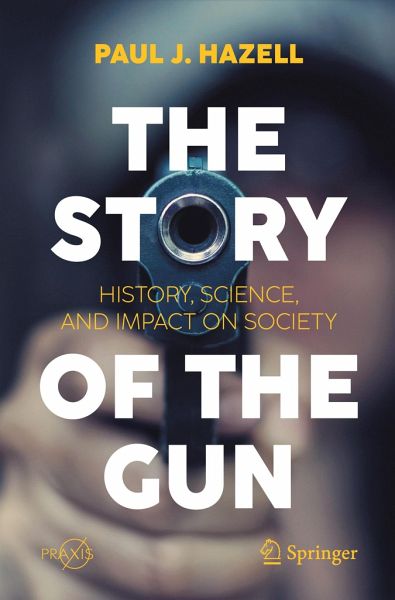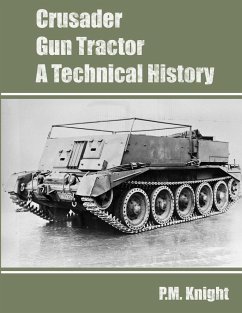
The Story of the Gun
History, Science, and Impact on Society

PAYBACK Punkte
14 °P sammeln!
This engaging and accessible book explains the scientific principles behind guns, both ancient and modern. It connects their evolution to advances in science, as well as tracing the developments of projectiles and propellants. It is not limited to small arms but also looks at the science of enormous guns such the Paris Gun, for example, and reviews the efforts to build a gun to launch projectiles into space. Extremely fast guns are also covered, such as two-stage guns and rail guns. Further, the book provides insight into the science of terminal ballistics and wound ballistics as well as the c...
This engaging and accessible book explains the scientific principles behind guns, both ancient and modern. It connects their evolution to advances in science, as well as tracing the developments of projectiles and propellants. It is not limited to small arms but also looks at the science of enormous guns such the Paris Gun, for example, and reviews the efforts to build a gun to launch projectiles into space. Extremely fast guns are also covered, such as two-stage guns and rail guns. Further, the book provides insight into the science of terminal ballistics and wound ballistics as well as the challenging subject of gun control. It is full of interesting facts for all who are curious about the science and history of guns, as well as those for whom the gun is an accessory of their profession.









![Story of the Springhill Disaster [microform] Cover Story of the Springhill Disaster [microform]](https://bilder.buecher.de/produkte/65/65531/65531223n.jpg)


